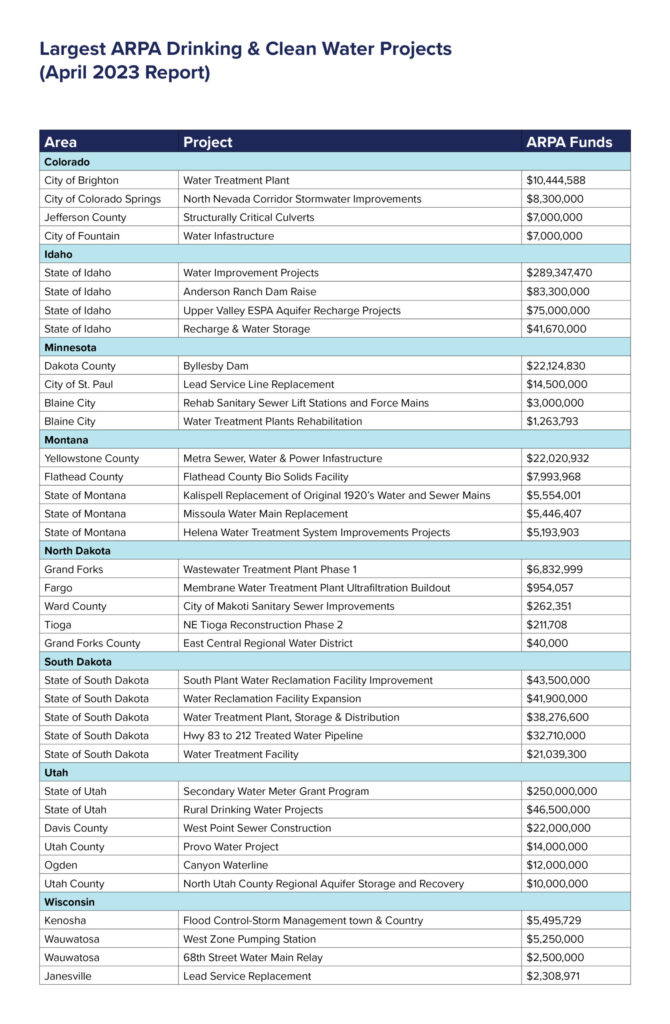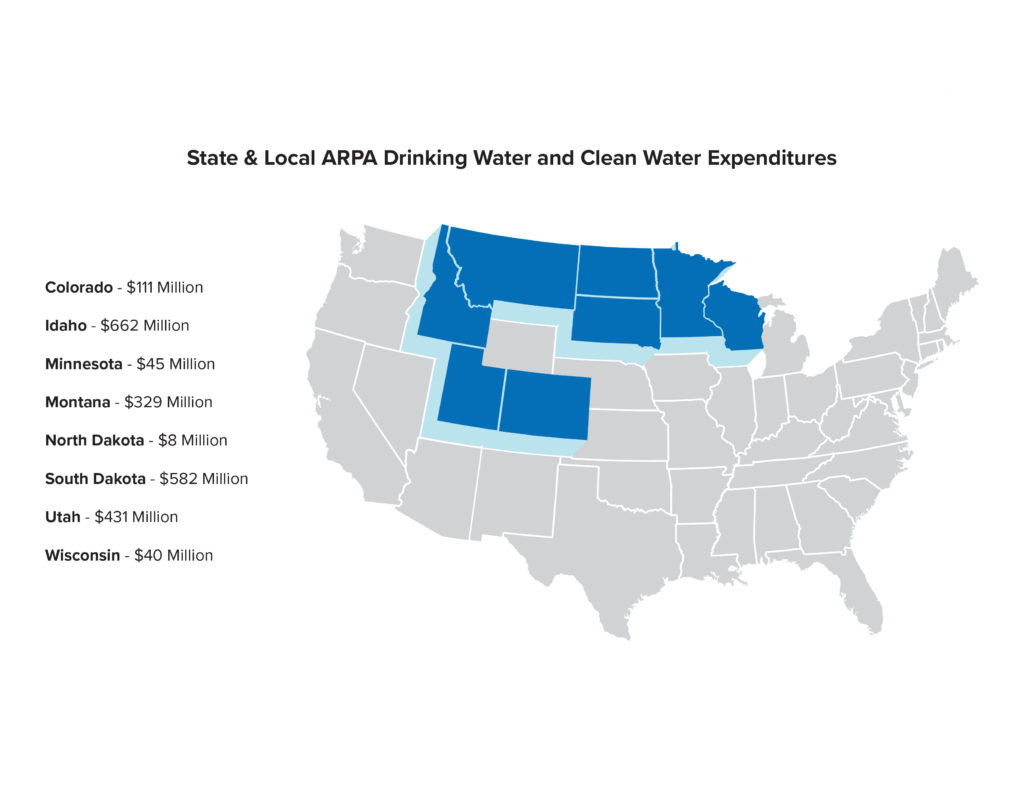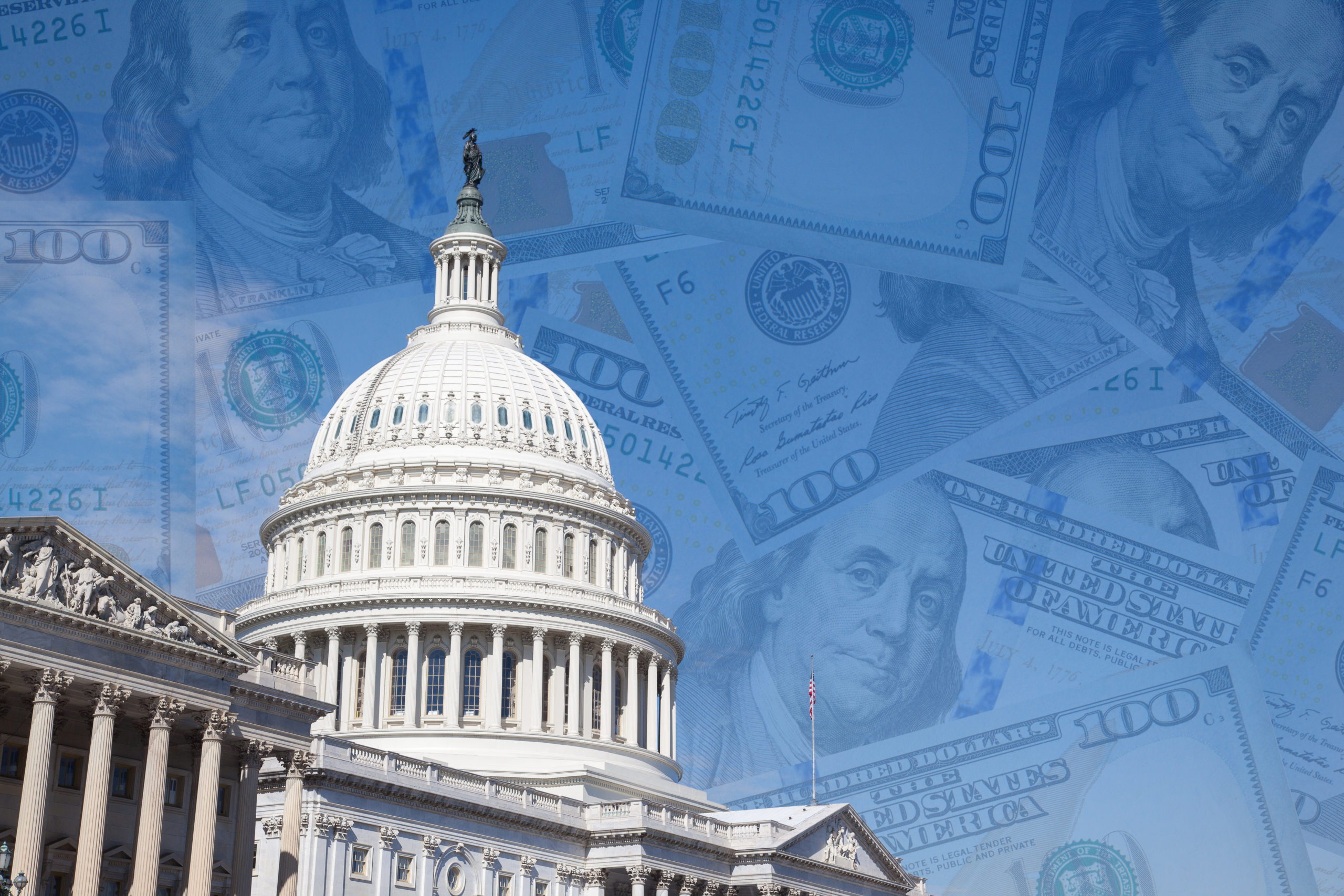The American Rescue Plan Act (ARPA) was designed to provide financial relief to communities impacted by the COVID-19 pandemic. However, a significant portion of the allocated funds across the country remain unspent. The underutilization of ARPA funds presents challenges as communities strive to meet legislative requirements and deadlines while effectively promoting equitable development and recovery. This article explores the status of ARPA fund spending, the challenges faced by state and local governments in utilizing the funds, and the opportunities that lie ahead.
The Challenge of Unspent ARPA Funds
Despite the availability of ARPA funds, cities and counties are encountering difficulties in fully utilizing the allocated resources. According to data released by the Treasury Department in June 2022, spending has been slow thus far, with only 28.02% of the allocated aid spent by the end of December 2021. Several factors contribute to this slow spending. The administrative burden of establishing novel programs to utilize the funds has been a challenge for many local governments, especially those that are short-staffed. Additionally, the delayed release of the Treasury Department’s Final Rule until January 2022 further hindered the timely implementation of spending plans.
The complexity of producing nationwide guidance also posed difficulties, leading to more questions than answers. Consequently, some communities struggled to determine the most effective ways to allocate the funds.
Another contributing factor to the slow utilization of ARPA funds is the requirement for communities to budget the money by December 31, 2024, and spend it by December 31, 2026, to avoid losing it. This timeframe places pressure on local governments to devise spending strategies that align with their community’s needs and priorities while adhering to strict deadlines.
Water Infrastructure is a Top ARPA Investment
Over $18 billion in ARPA funding has been committed to date on Drinking Water and Clean Water projects across the country. The U.S. Department of Treasury has provided information on how the 1,756 local governments and States have allocated ARPA funds.

The total Drinking Water and Clean Water expenditures across State and local ARPA funding are as follows. Please note this may not include Water Infrastructure funding outside of Drinking and Clean Water projects.

Utilizing ARPA Funds
If your city or county has unallocated ARPA funds, now is the time to identify the project that needs funding since the funding must be budgeted by December 31 of next year. The next order of business should be putting a project work plan in place to ensure the funding is spent by the last day of 2026.
Those who receive ARPA funds have compliance and reporting responsibilities that are described in detail on the U.S. Department of the Treasury’s website. Keeping complete records will help with compliance requests.
Reach out to [email protected] as you look to navigate the complexities of ARPA.

